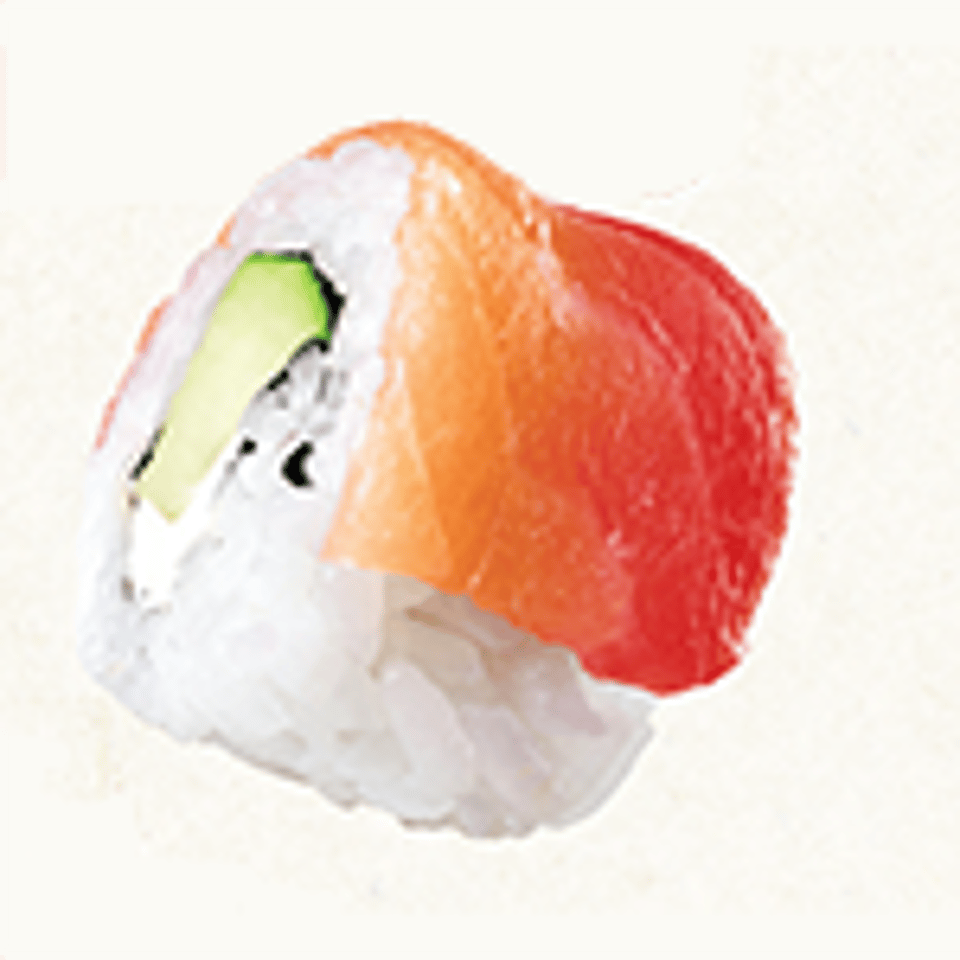Sushi Sales Soar: Supermarkets Capitalize on Surging Consumer Demand
“Sushi is one of the most powerful categories we’ve seen in supermarkets over the last five years,” said Chris DuBois, executive vice president, Perimeter Practice Leader at Circana.
Sales of sushi soared 63% since 2020 to more than $2.5 billion last year, according to Circana. Sushi’s allure is welcome news for grocers who need to offset a 7% decline in deli meat sales last year. The category offers an opportunity to attract new customers while boosting deli and prepared foods profitability.
Consumers crave sushi. A recent Circana survey with the Alaska Seafood Marketing Institute (ASMI) revealed that an astounding 91% of those polled are likely to purchase sushi more than any other deli item.
An additional factor driving the rise in sushi sales is the increasing trend of consumers dining at home and seeking restaurant-quality, freshly prepared grab-and-go options from grocery stores. For many, sushi meets this demand, with some individuals enjoying it as often as two or three times per week, according to DuBois.
To explore how grocers can tap into this booming market, Progressive Grocer sat down with DuBois for insights on capturing a larger share of the sushi business.
Why is sushi so attractive to the grocery industry?
Chris DuBois: It’s a powerhouse category. Sushi draws Gen Z customers who buy twice as much sushi as the average U.S. household. Sushi not only attracts younger generations to the deli and seafood departments but also resonates with a wide range of consumers across all demographics. It is the second most incremental item in the deli department and elicits repeat purchases. Sushi sells year-round and is purchased almost equally by men and women.
Sushi holds its own against a broad section of categories in the store, like yogurt or cereal, and it is one of the biggest platforms for future growth in prepared foods.
Alaska Seafood and FujiSan Sushi Set Sail with Cruise Giveaway at Sam’s Club
Alaska Seafood formed a partnership with FujiSan Handcrafted Sushi to collaborate on an Alaska cruise giveaway in December 2024. The giveaway was prominently advertised on FujiSan sushi products made with Alaska seafood, available in Sam’s Club stores, as well as across both FujiSan and Alaska Seafood social media platforms. FujiSan teamed up with independent Sam’s Club influencers to maximize exposure, helping promote the giveaway and collectively reach over 100,000 viewers. The giveaway was live for under 30 days and received an impressive response, generating over 60,000 entries.
What’s the best location to merchandise sushi?
CD: For the most part, sushi is in prepared foods space or in the seafood case. Sushi is primarily purchased for dinner or lunch, so it is all about catching consumers looking for immediate food purchases.
I feel sushi is one of the biggest platforms for future growth in prepared foods. Investing in building assortments and space for sushi generates higher rings and multiple sales. The shopping basket can include another $40 worth of items when sushi is the destination.
There’s a great opportunity to enhance sushi departments by introducing engaging, theatrical elements — like a chef preparing hand rolls in front of customers. This creates a buzz and transforms the experience into something more memorable.
Building upon that, what are sushi customers looking for?
CD: Sushi rolls with Alaska Surimi [premium-quality, fully cooked, all-natural real seafood product made from wild Alaska pollock] are popular. Bento boxes, which is really a build-your-own concept, represent a huge opportunity. A Circana study indicated that 67% of respondents are interested in Bento boxes.
Bento boxes appeal to the younger generations who don’t want the same thing every time and represent a huge opportunity.
How can grocers convey the freshness of their sushi products? Is sourcing from Alaska a sales motivator?
CD: Wild-caught, natural, sustainable all matter and indicate freshness. There is strong purchase Supermarkets Capitalize on Surging Consumer Demand intent for sushi, but when you add Alaska or Alaska-source, it increases the purchase.
We found four in 10 people say they are more likely to buy sushi if they saw Alaska or Alaska-sourced because Alaska is a big deal for seafood. Alaska seafood can also get customers to trade up in price.
Are there promotions that are successful in selling sushi?
CD: A two-for-one deal is a good way to get a lunch or dinner sales pick up, especially during midweek when meals are often unplanned. You can add some excitement, like offering a special piece of sushi.
Successful Sushi Selling Strategies
- Show people you are in the business. make sure the assortment is big enough to capture attention.
- Make it authentic. Have someone behind the counter to maintain freshness and cleanliness.
- Offer regular promotions - pick a day and make it your regular promotion. Even on promotion, sushi lends itself to bigger baskets.
- Spotlight on Alaska or Alaska-Sourced
The Alaska Seafood Marketing Institute (ASMI) is a partnership between the State of Alaska and the Alaska seafood industry promoting the benefits of wild and sustainable Alaska seafood and offering seafood industry education. For more information: www.alaskaseafood.org/retail/





